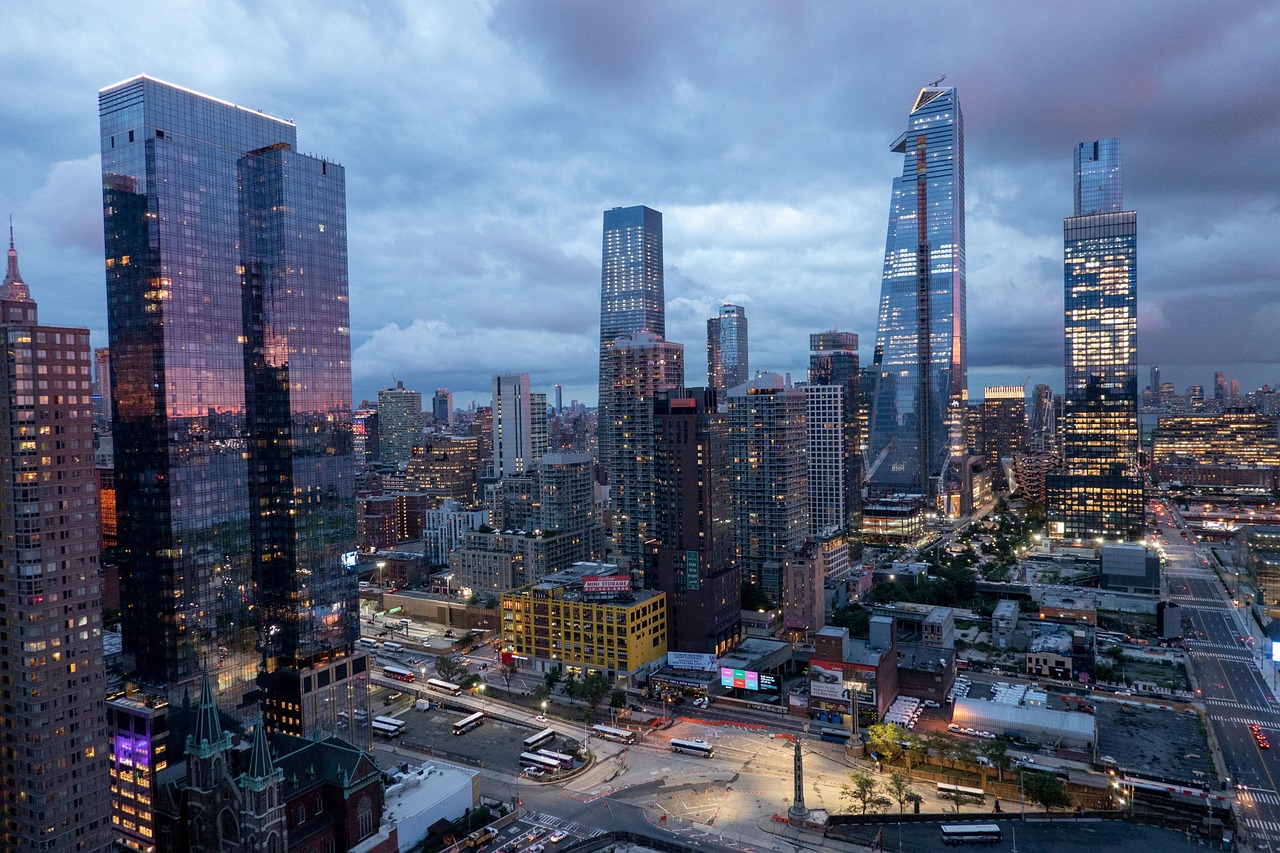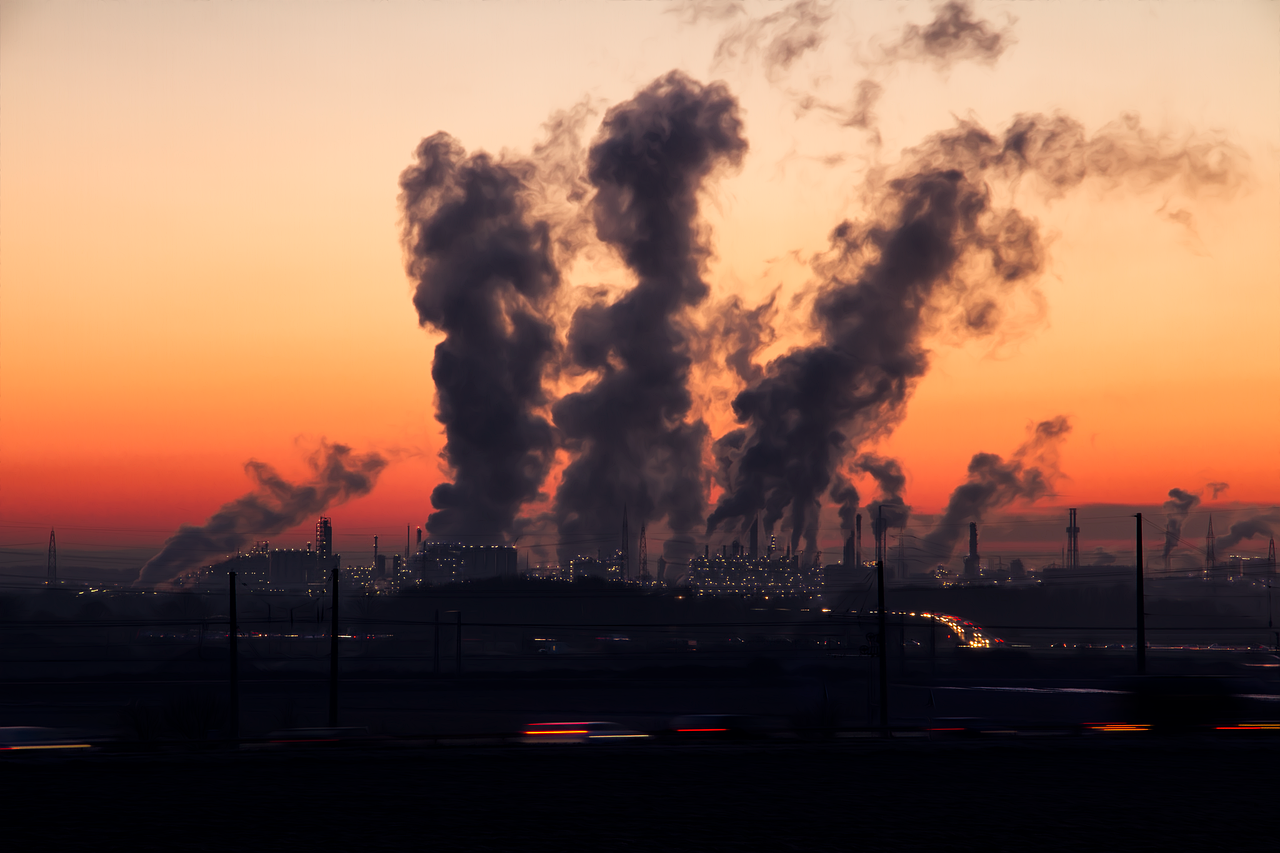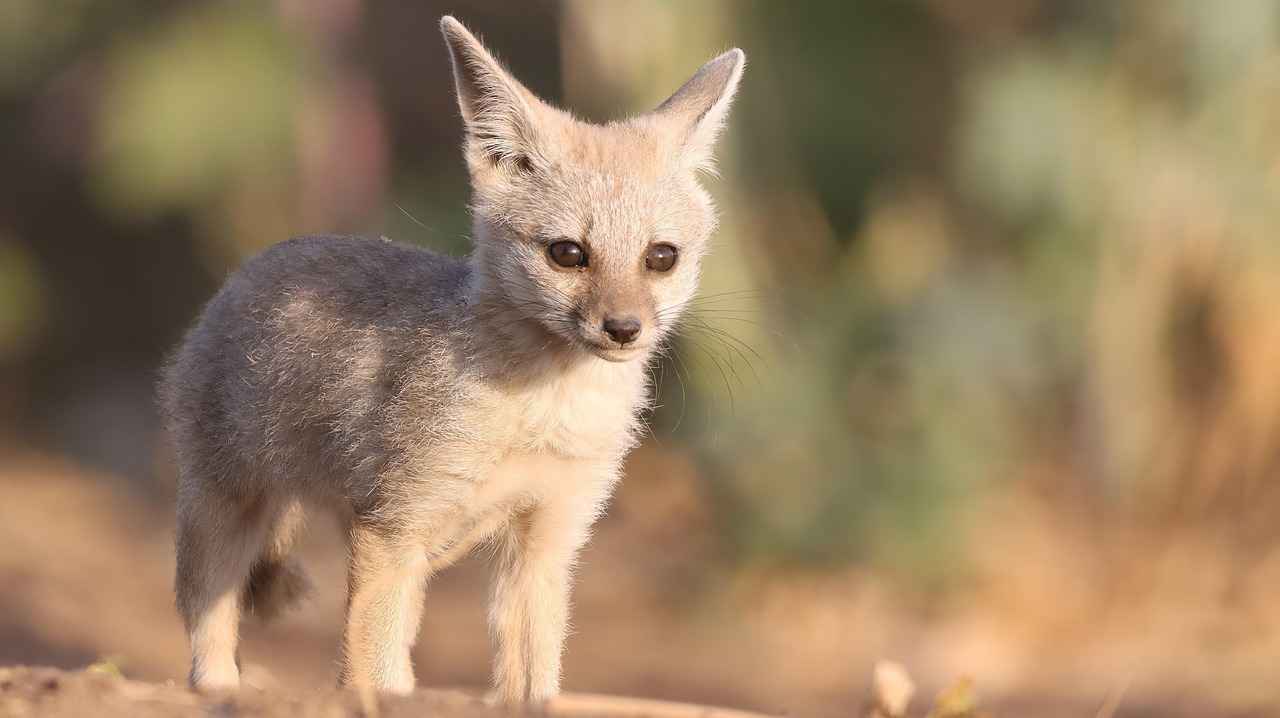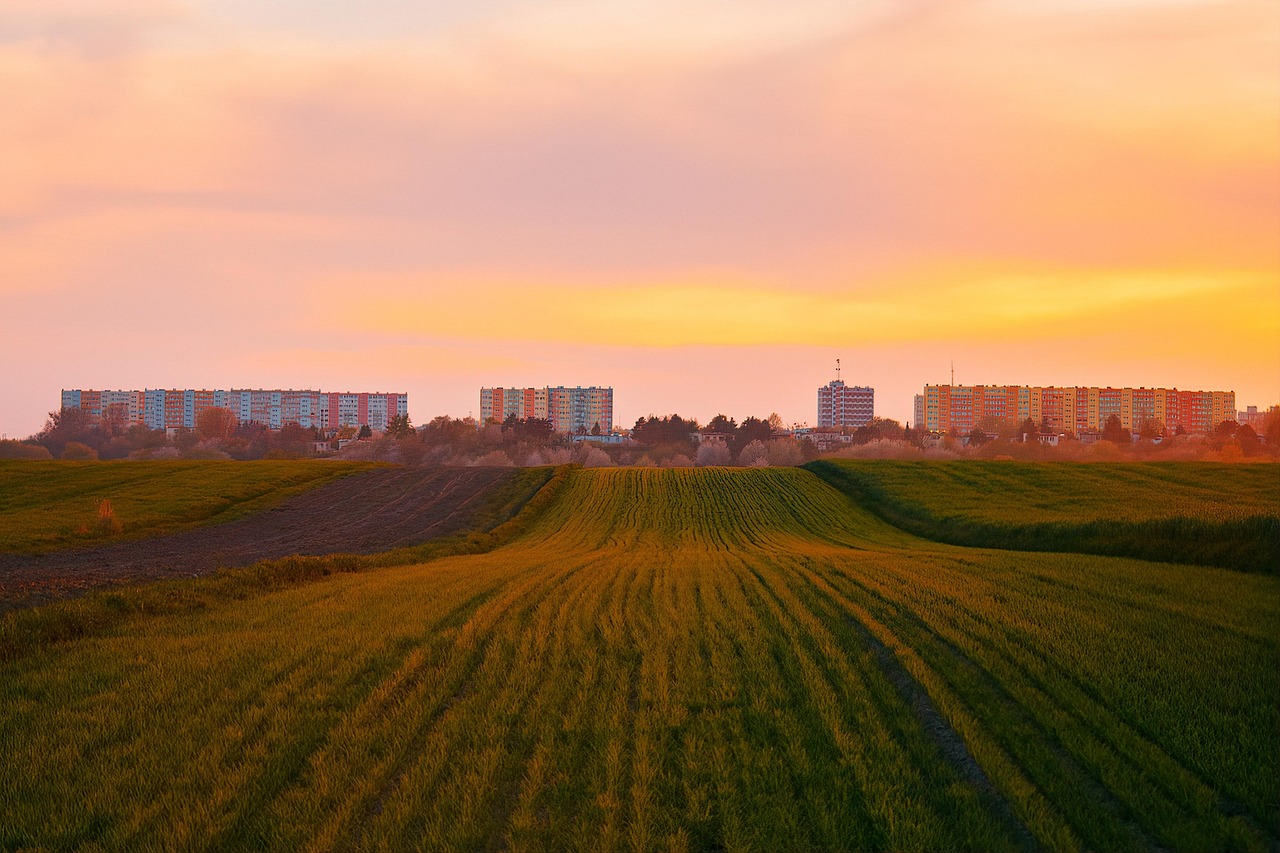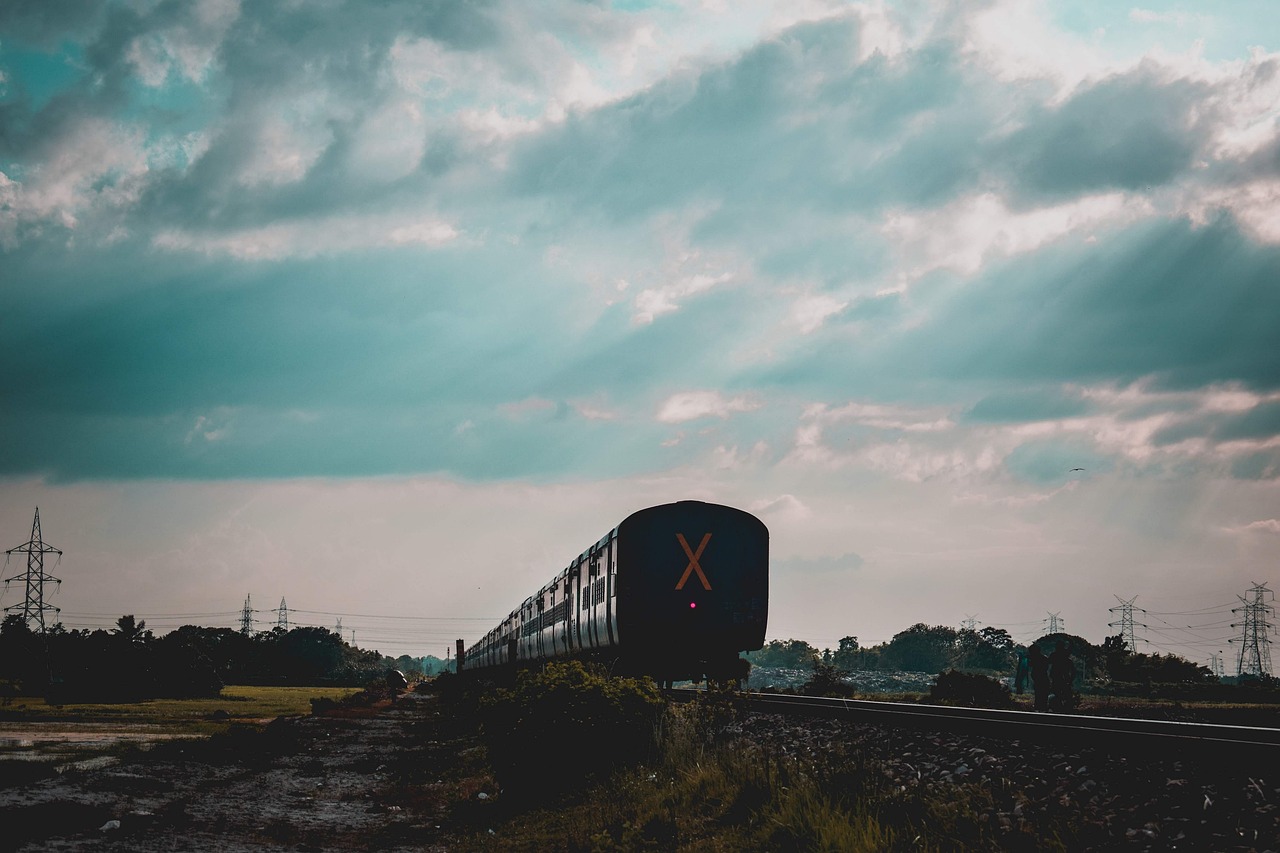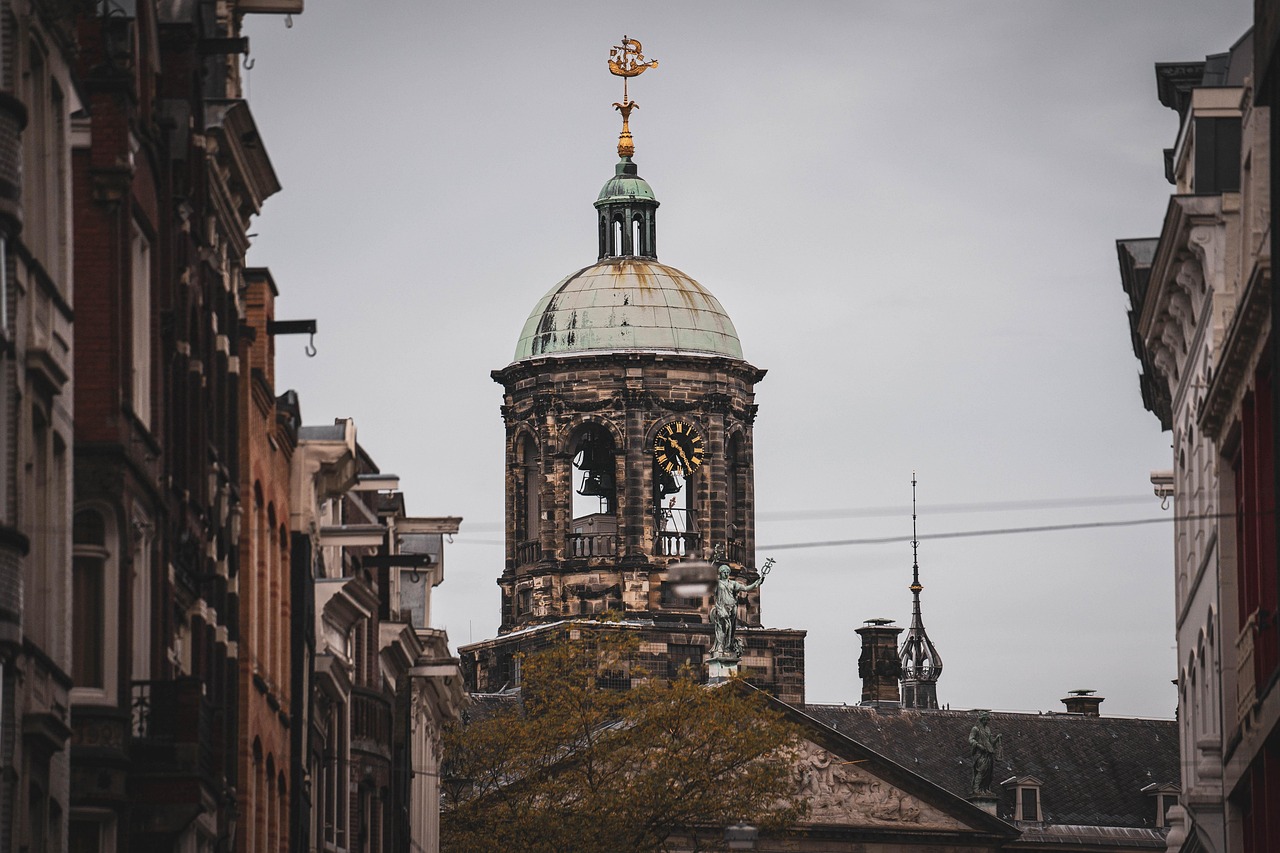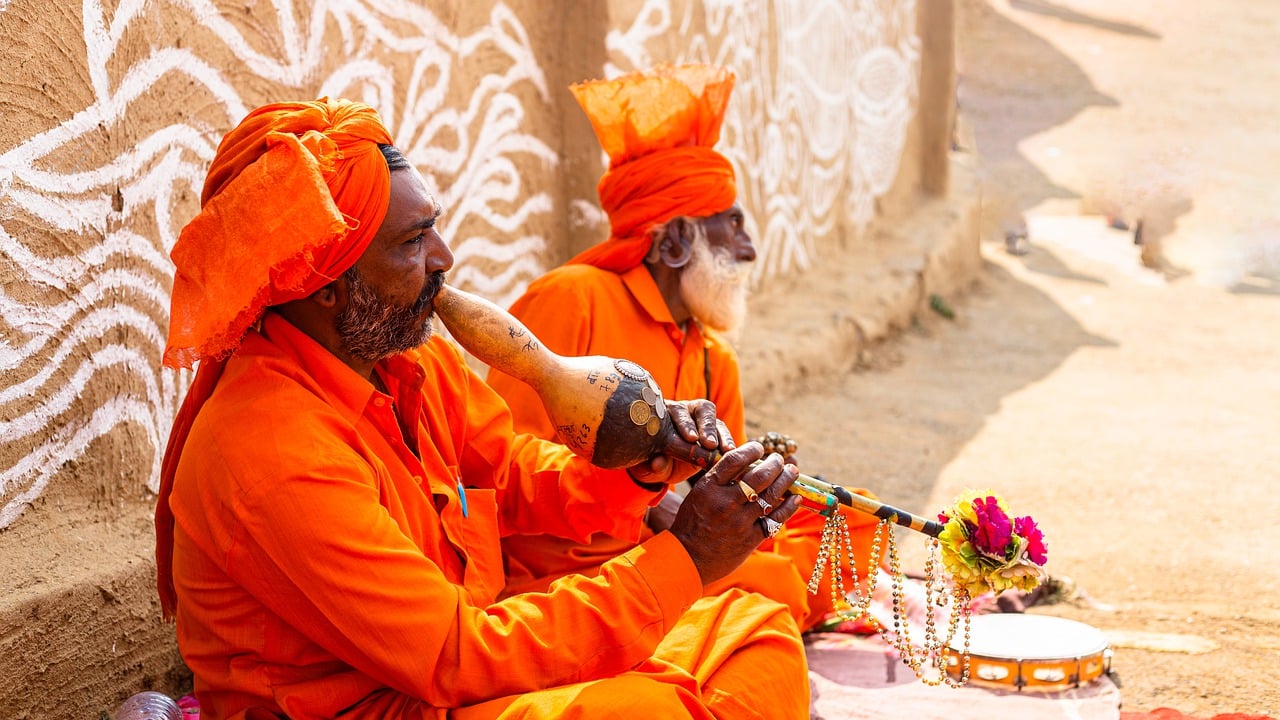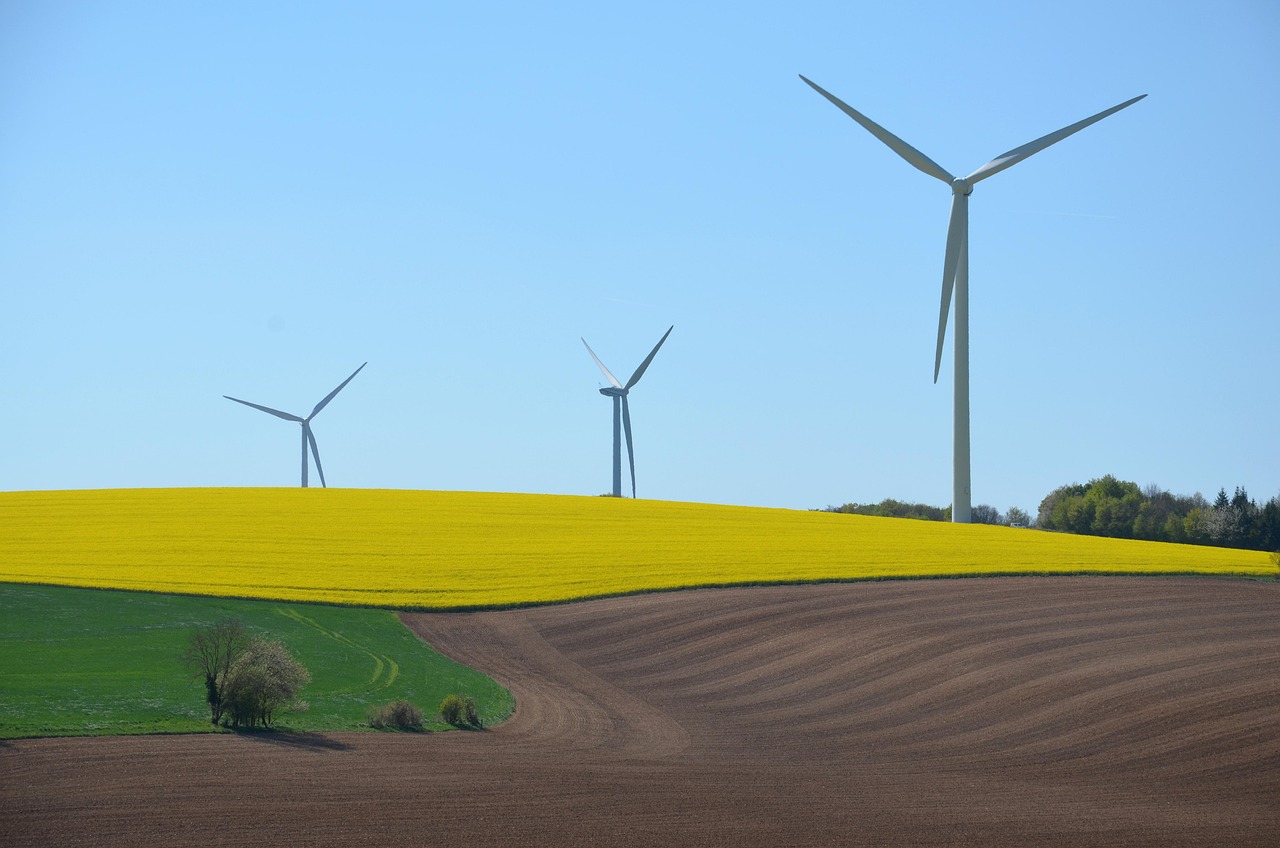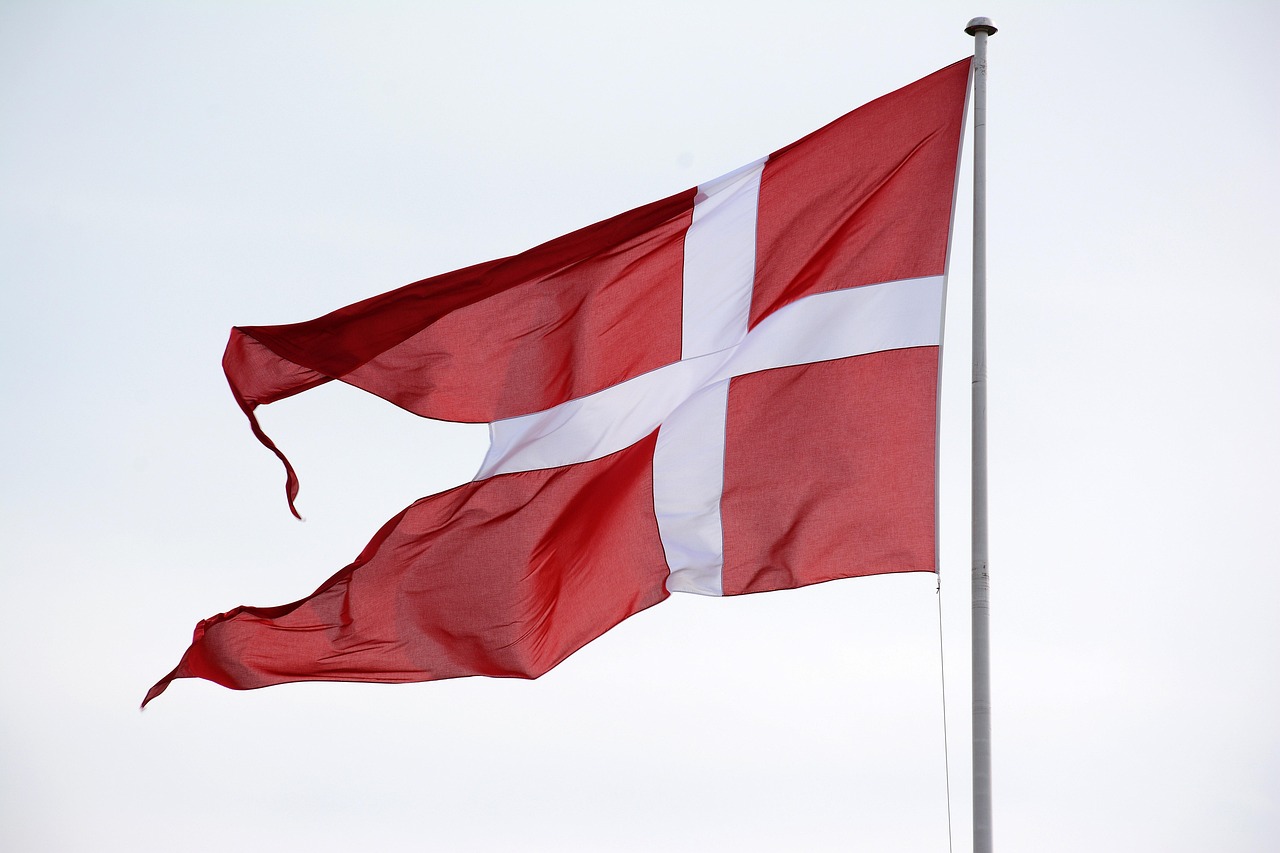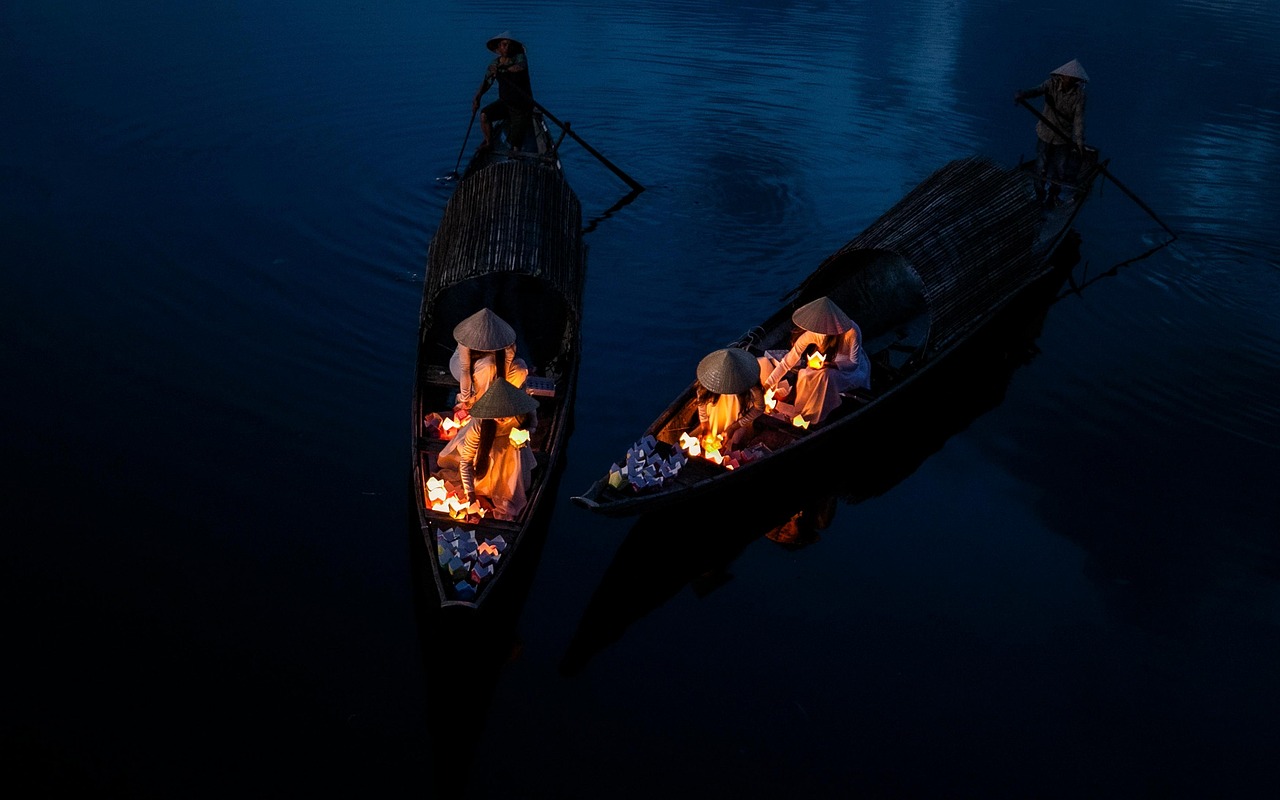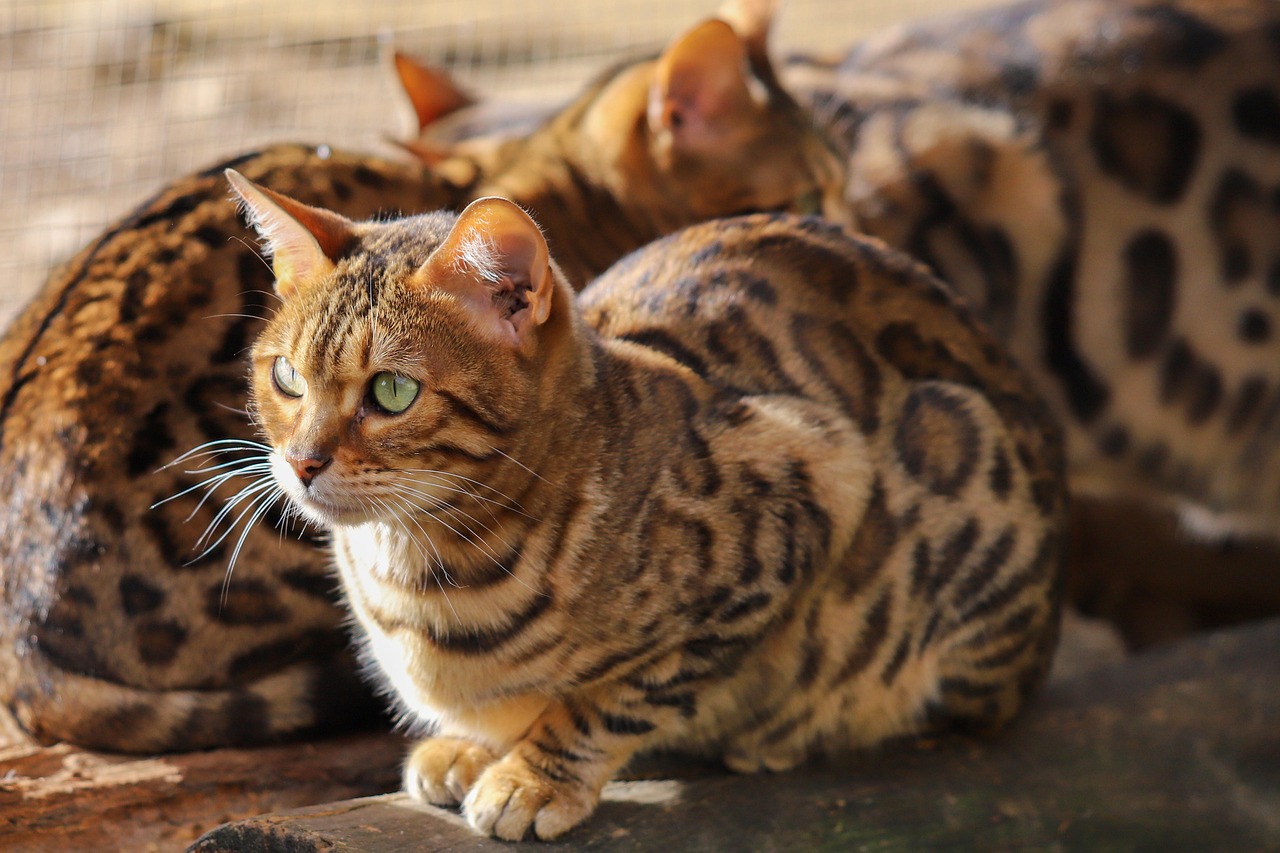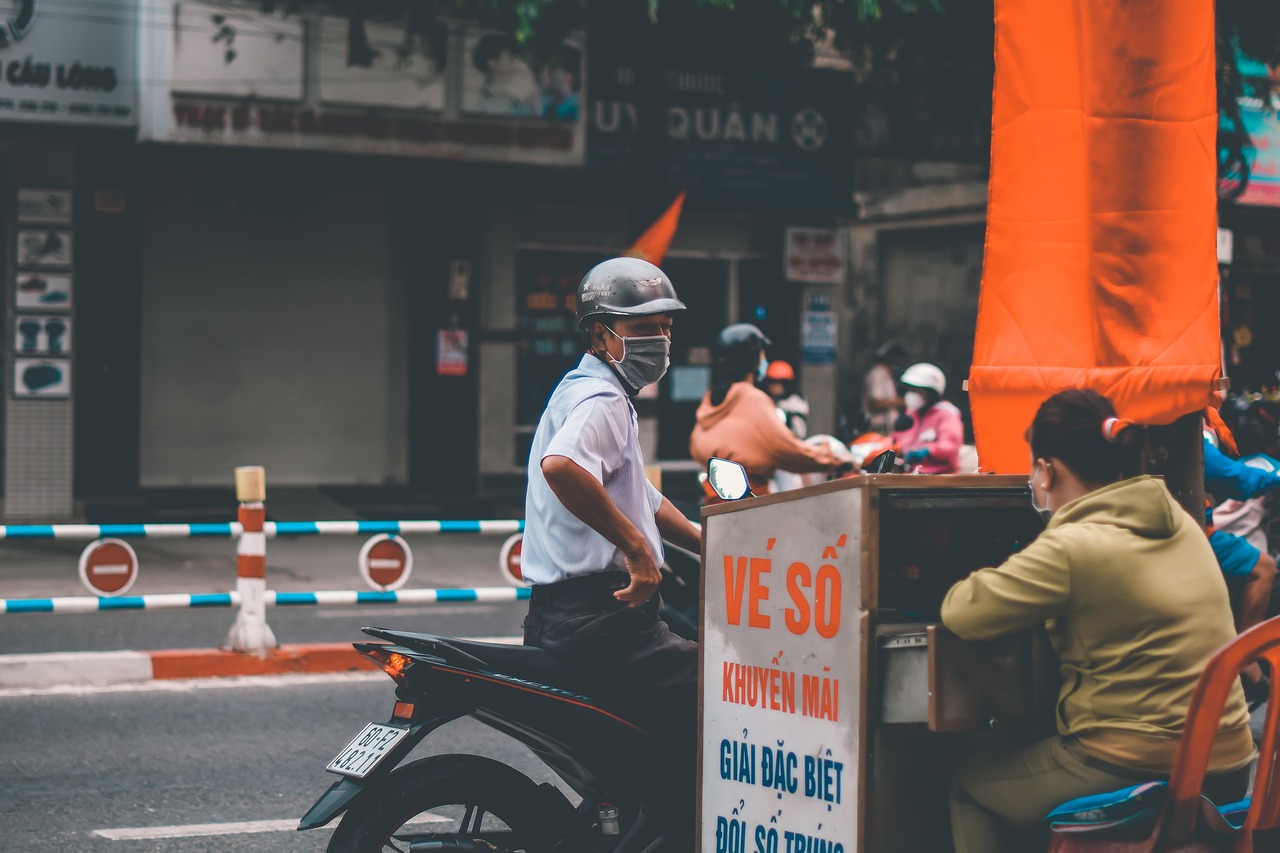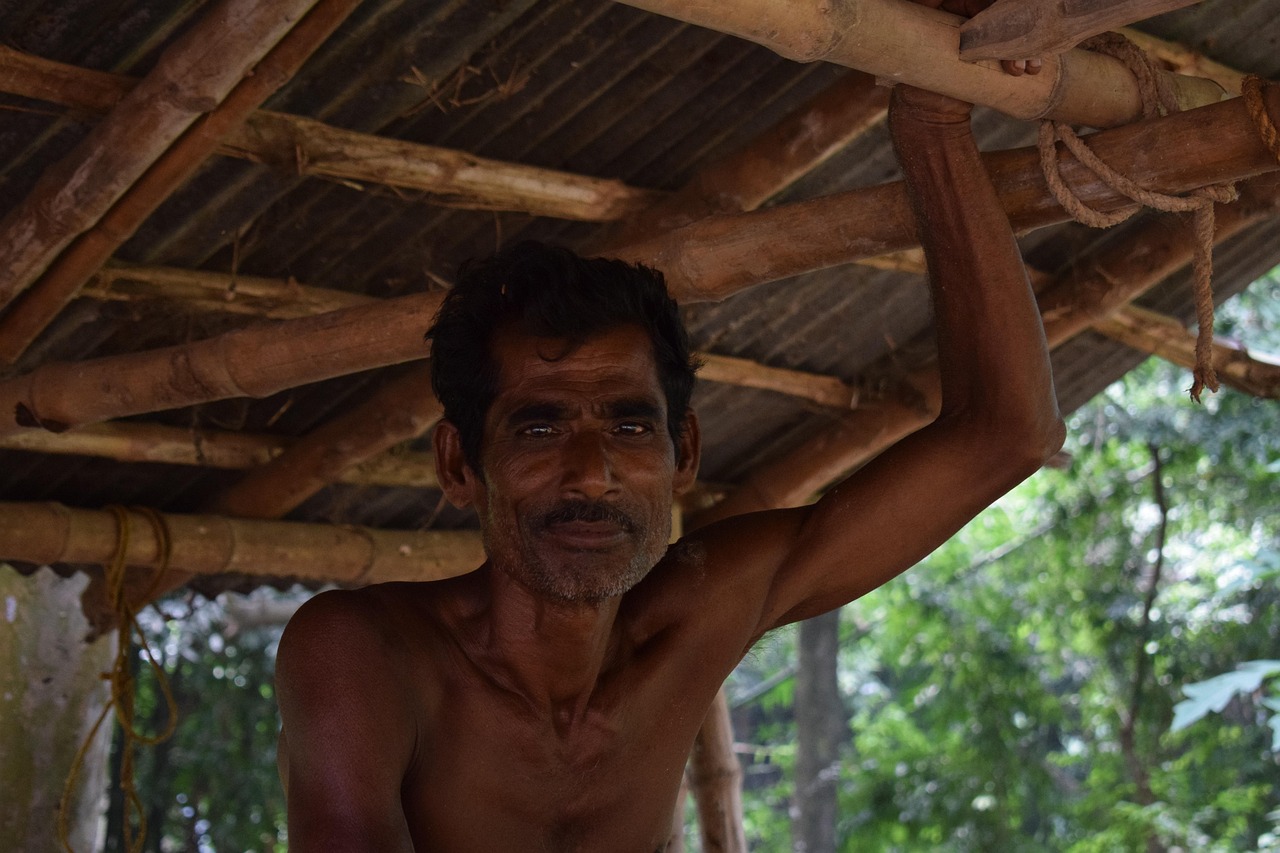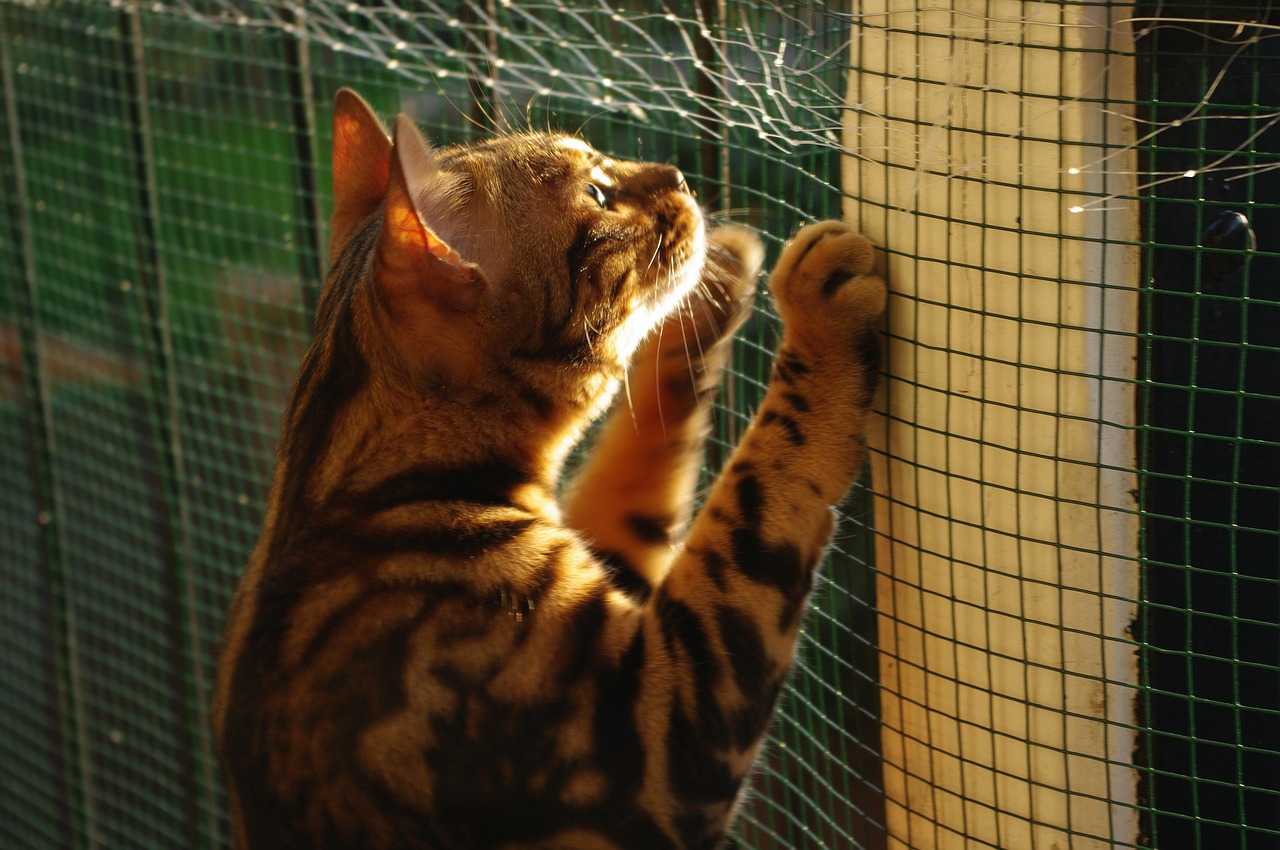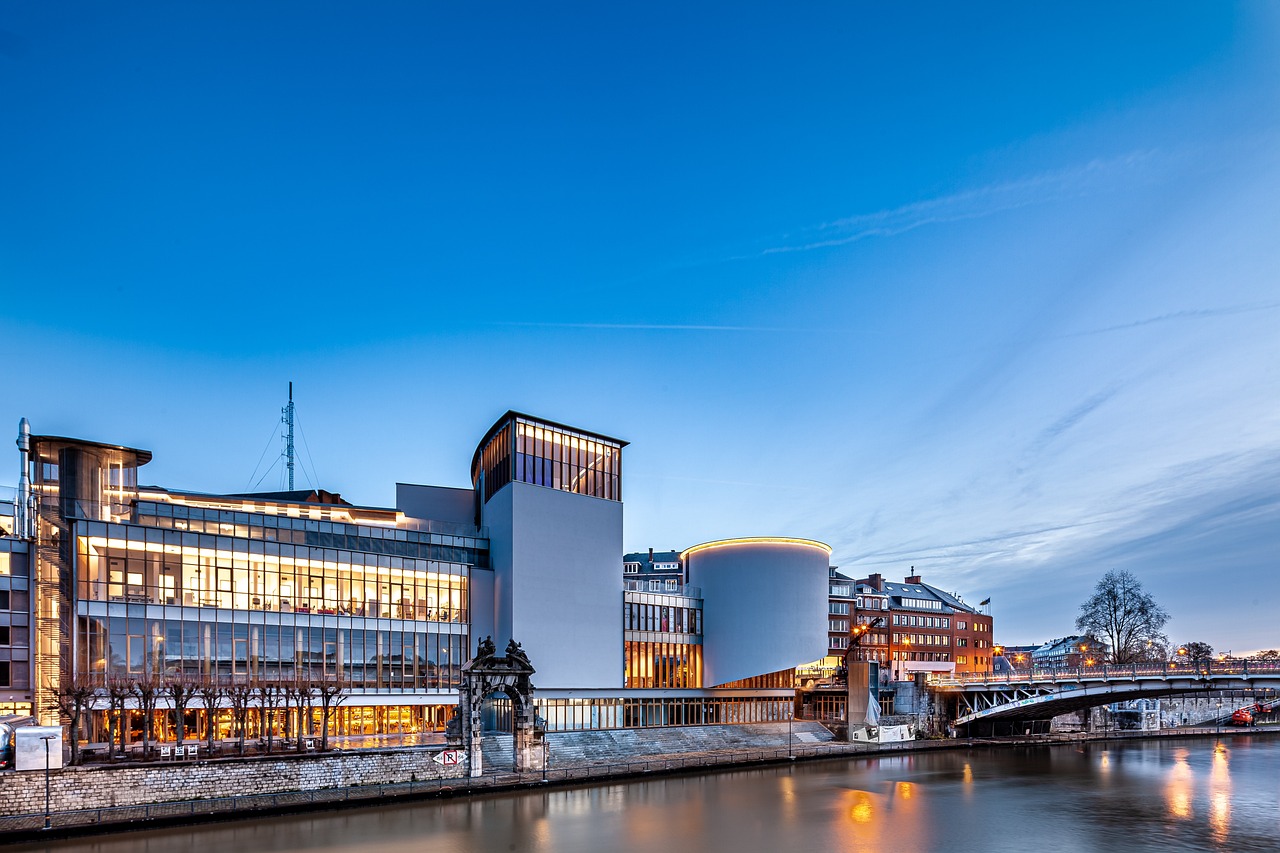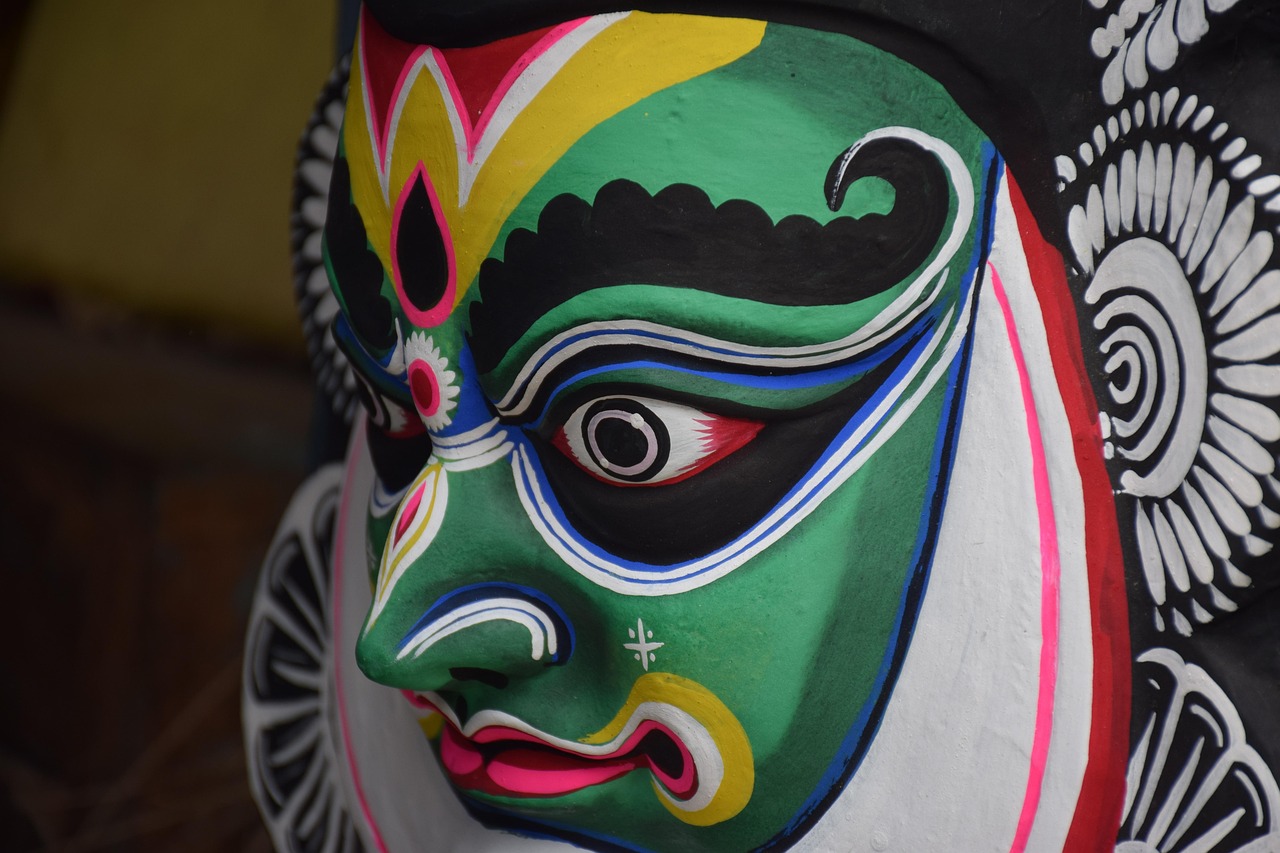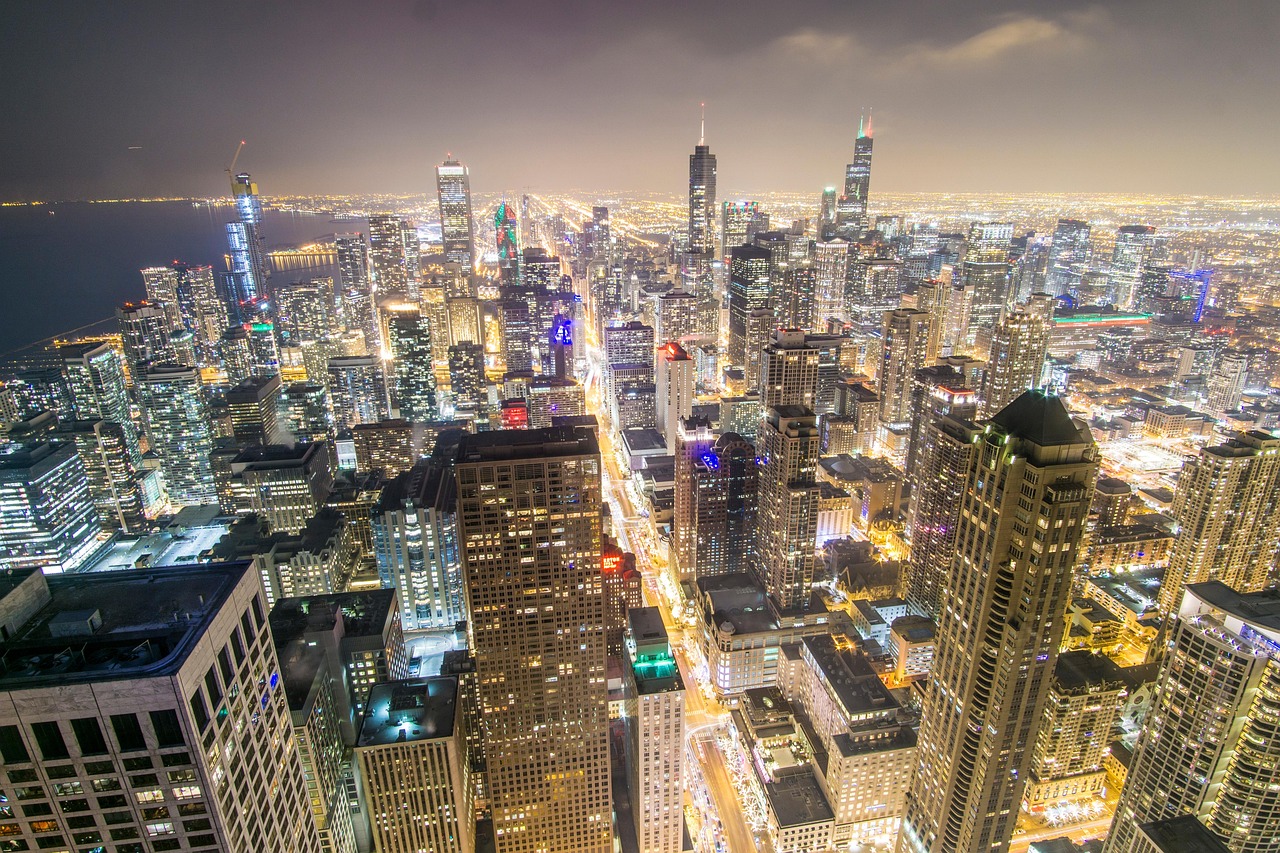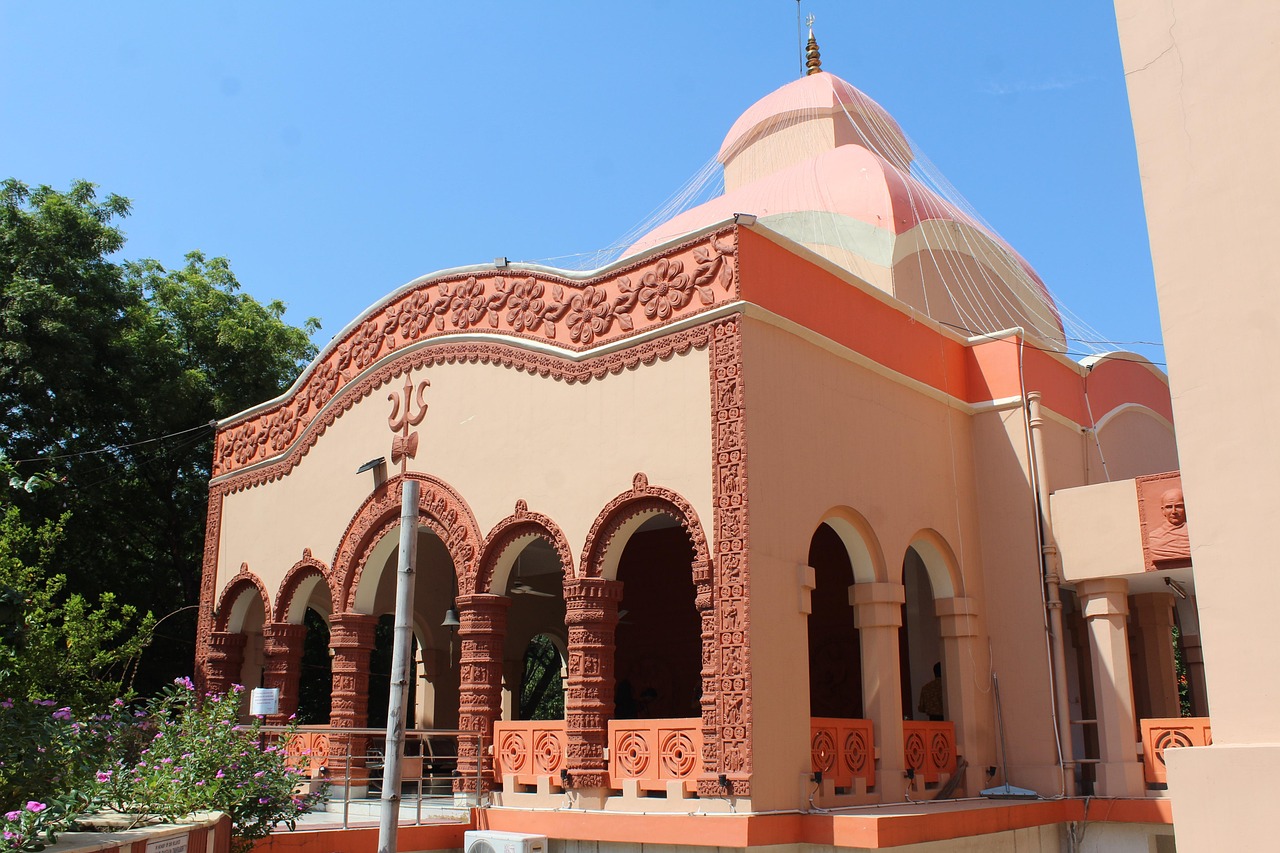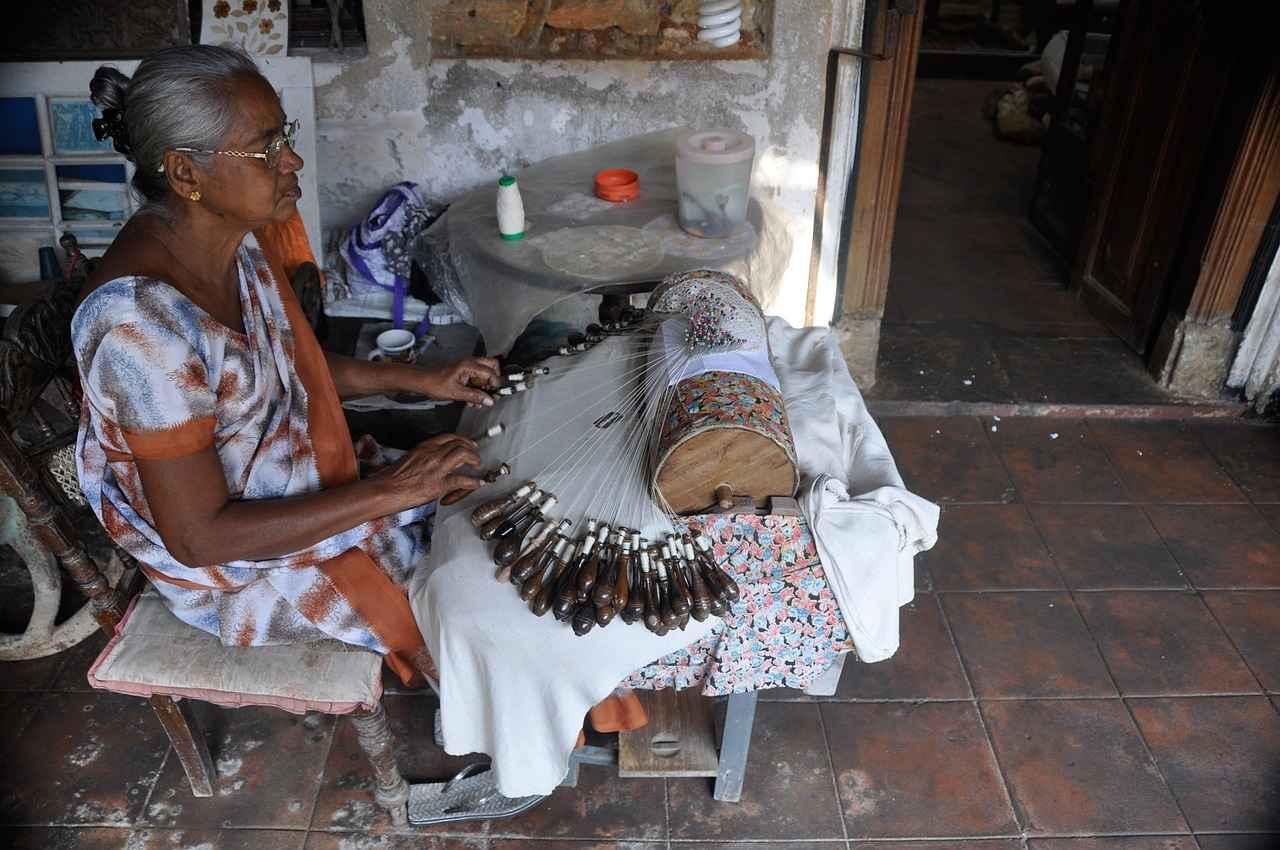This article delves into Kolkata’s remarkable journey, tracing its development from a historically significant city to a modern global hub. It highlights the city’s economic growth, cultural significance, and ongoing urban development.
Historical Significance of Kolkata
Kolkata, formerly known as Calcutta, has a rich and layered history that has profoundly influenced its cultural and social landscape. The city played a pivotal role during the British colonial era and was a crucial center for India’s independence movement. Its historical landmarks, such as the Victoria Memorial and Howrah Bridge, stand as testaments to its colonial past and cultural heritage.
Economic Growth and Development
In recent decades, Kolkata has emerged as an economic powerhouse, significantly contributing to various sectors, including information technology, manufacturing, and finance. This economic diversification has propelled the city onto both national and international stages.
- Key Industries in Kolkata: The city is home to a multitude of industries such as textiles, jute, and pharmaceuticals, providing ample employment opportunities and driving economic stability.
- IT and Software Services: Kolkata’s IT sector is rapidly expanding, with numerous tech parks and startups establishing the city as a burgeoning tech hub.
- Manufacturing and Infrastructure: Enhanced infrastructure has bolstered the manufacturing sector, positioning Kolkata as a key player in the production and export of goods.
Investment Opportunities in Kolkata
The city offers a wealth of investment opportunities, attracting both domestic and international investors eager to tap into its growing markets and skilled workforce.
Cultural Diversity and Heritage
Kolkata is renowned for its vibrant cultural tapestry, showcasing a blend of traditions, languages, and festivals that reflect its diverse population. The city is particularly famous for its Durga Puja, a festival that draws millions and exemplifies Kolkata’s cultural richness.
- Art and Literature Scene: The city boasts a thriving art and literature scene, with numerous galleries, theaters, and literary festivals that celebrate its artistic heritage.
Urban Development and Infrastructure
Recent urban development initiatives in Kolkata focus on modernizing infrastructure, improving transportation, and enhancing the overall quality of life for residents. The expansion of the metro network has significantly improved connectivity within the city.
Challenges and Future Prospects
Despite its growth, Kolkata faces significant challenges, including pollution and urban poverty. Addressing these issues is vital for sustainable development and ensuring future prosperity.
Conclusion
Kolkata’s transformation into a global hub is a testament to its resilience and adaptability. As the city continues to evolve, it remains a vital center for culture, economy, and innovation in India.
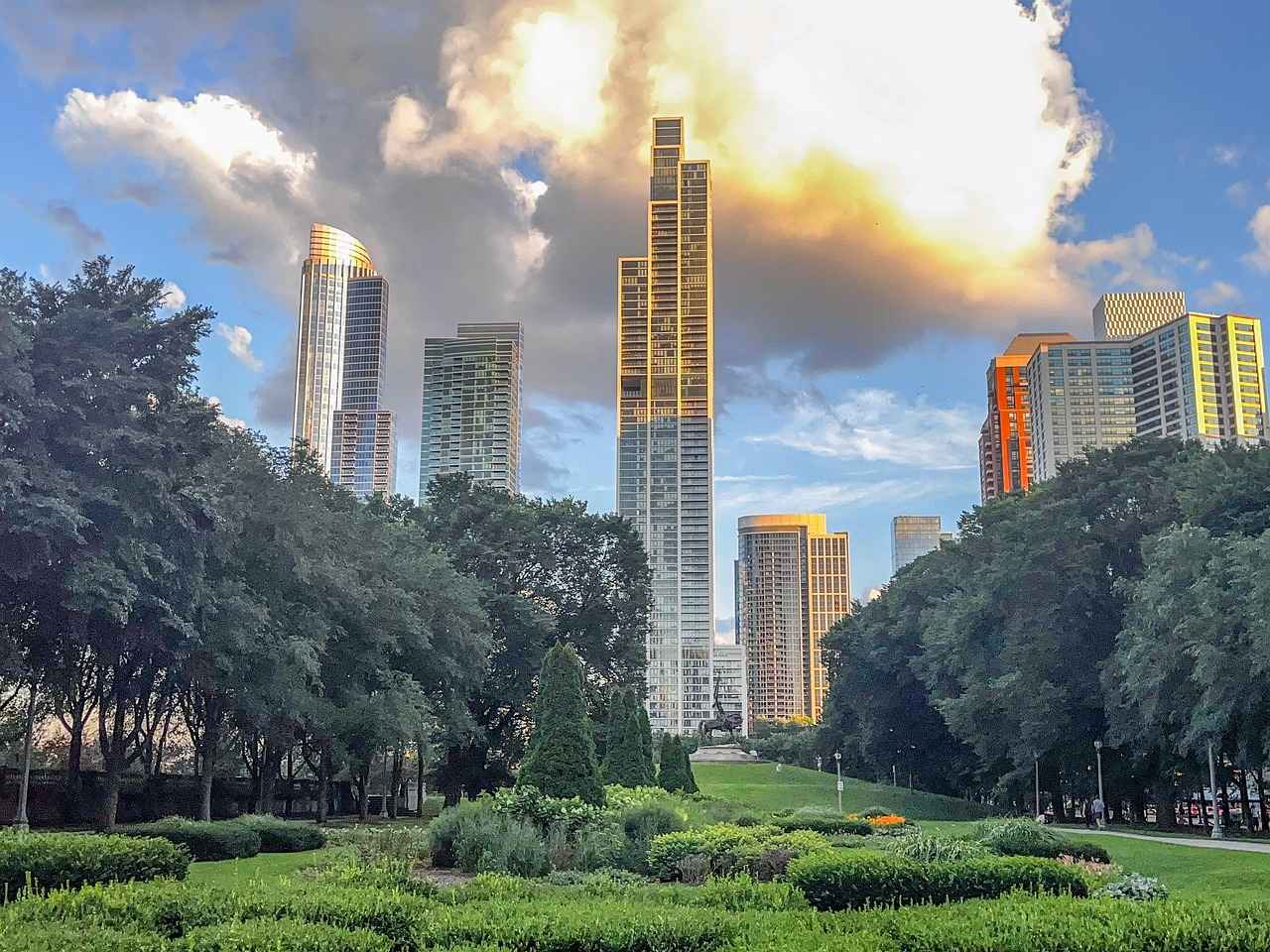
Historical Significance of Kolkata
Kolkata, formerly known as Calcutta, is a city steeped in rich history and vibrant culture. This historical significance has profoundly influenced its cultural and social landscape, making it an integral part of India’s colonial past and independence movement.
Founded in the late 17th century, Kolkata emerged as a major trading post under British colonial rule. The establishment of the East India Company marked the beginning of its transformation into a bustling metropolis. The city became the capital of British India in 1772, serving as a political and cultural hub. This period saw the construction of iconic structures such as the Victoria Memorial and Howrah Bridge, which symbolize the city’s colonial legacy.
The struggle for independence saw Kolkata at the forefront, with significant events like the Swadeshi Movement and the Quit India Movement taking root here. The city became a melting pot of revolutionary ideas and movements, fostering a spirit of resistance against colonial rule. This rich tapestry of history has left an indelible mark on the city, shaping its identity and ethos.
Moreover, Kolkata is known for its cultural diversity, where different communities coexist, contributing to a unique blend of traditions, languages, and festivals. The annual celebration of Durga Puja is a testament to this cultural richness, drawing millions of visitors and showcasing the city’s artistic heritage.
Today, Kolkata stands as a testament to its historical significance, balancing tradition and modernity. The remnants of its colonial past coexist with the vibrant life of a contemporary city, making it a fascinating subject for historians and tourists alike.
| Key Historical Events | Year |
|---|---|
| Foundation of Kolkata | 1690 |
| Capital of British India | 1772 |
| Swadeshi Movement | 1905 |
| Quit India Movement | 1942 |
In conclusion, Kolkata’s historical significance is not just a chapter in the past but a living legacy that continues to shape its future. The city’s evolution reflects the resilience and dynamism of its people, making it a vital part of India’s narrative.
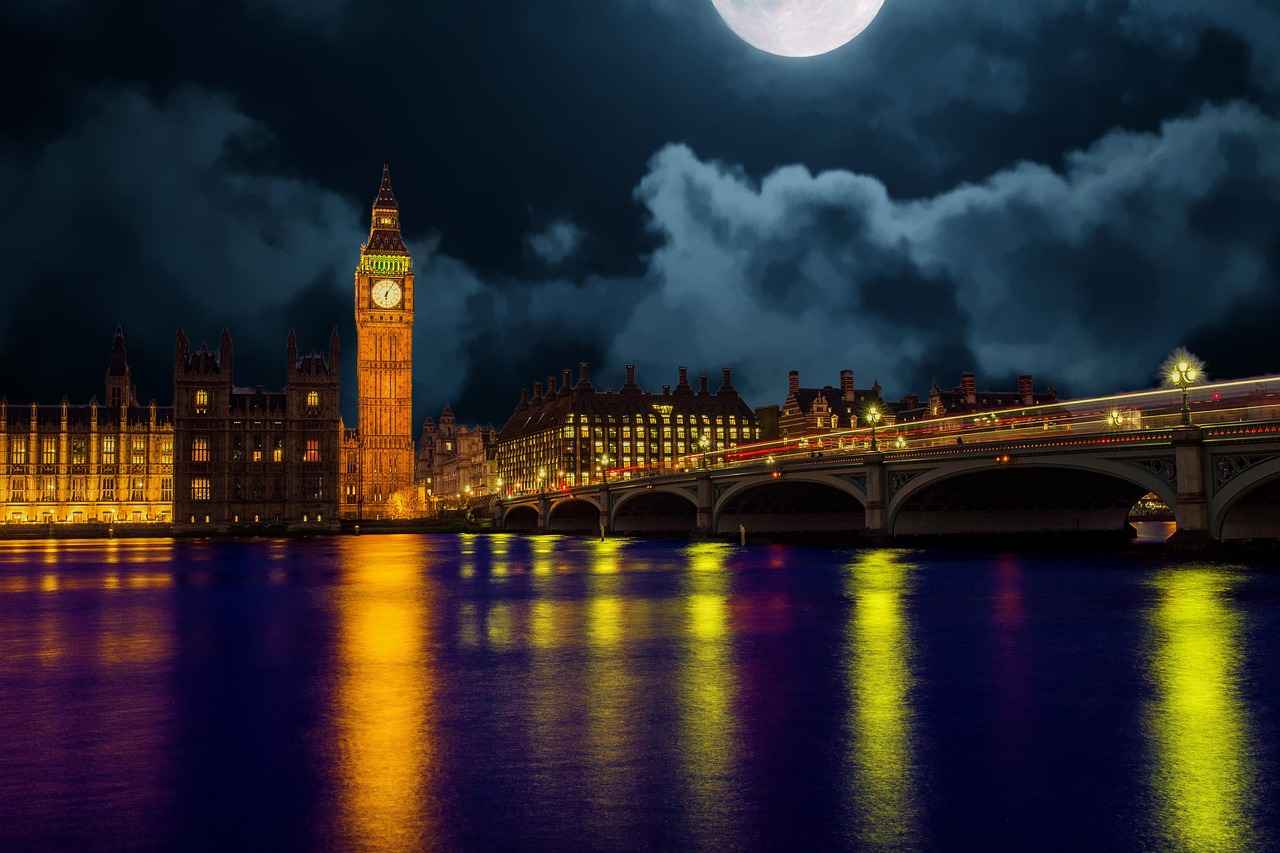
Economic Growth and Development
The Capital of West Bengal: Kolkata’s Transformation into a Global Hub
This article explores Kolkata’s evolution from a historical city to a modern global hub, examining its economic growth, cultural significance, and urban development.
Kolkata has undergone a remarkable transformation, emerging as an economic powerhouse in India. This vibrant city has seen substantial contributions from various sectors, particularly Information Technology (IT), manufacturing, and finance, which have driven its growth on both national and international levels. This growth is not just a reflection of local efforts but also a response to global market demands.
- Information Technology Sector: The IT sector in Kolkata has expanded significantly, with numerous tech parks and startups establishing a presence in the city. This growth has positioned Kolkata as a burgeoning tech hub, attracting talent and investment.
- Manufacturing Growth: The manufacturing sector has also flourished, supported by improved infrastructure and logistics. Kolkata now plays a crucial role in the production and export of various goods, including textiles and jute.
- Financial Services: The finance sector has seen a surge in activity, with many banks and financial institutions setting up operations in the city. This has contributed to a more robust economic environment, fostering investment opportunities.
The city’s strategic location and rich cultural heritage further enhance its appeal as a destination for businesses and investors alike. Kolkata’s diverse economy not only provides ample employment opportunities but also attracts international investors looking to tap into its growing markets.
In conclusion, Kolkata’s transformation into an economic powerhouse is a testament to its resilience and adaptability. As the city continues to evolve, it is poised to play an even more significant role on the global stage, making it a key player in India’s economic landscape.
Key Industries in Kolkata
The Capital of West Bengal: Kolkata’s Transformation into a Global Hub
Kolkata, a city steeped in history, has evolved significantly over the years, transforming itself into a vibrant economic powerhouse. Among its many strengths, the city boasts a diverse industrial landscape, which is crucial for both its economic resilience and employment opportunities.
Kolkata is home to a myriad of industries that contribute significantly to its economy. The most notable of these include:
- Textiles: The textile industry in Kolkata has a long-standing tradition, with the city being one of the largest producers of cotton and jute textiles in India. This sector not only provides employment to thousands but also plays a vital role in the export market.
- Jute: Known as the “jute capital of the world,” Kolkata is pivotal in jute production. The jute industry is environmentally friendly and offers sustainable alternatives to plastic, making it increasingly relevant in today’s market.
- Pharmaceuticals: The pharmaceutical industry is another cornerstone of Kolkata’s economy. With several renowned companies operating in this sector, the city is recognized for its research and development capabilities, contributing to both local and international health solutions.
- Information Technology: In recent years, Kolkata has made strides in the IT sector, establishing numerous tech parks and incubators. This growth has attracted a skilled workforce and has positioned the city as a rising tech hub.
- Manufacturing: The manufacturing sector in Kolkata encompasses a wide range of products, from heavy machinery to consumer goods. Improved infrastructure and logistics have enabled the city to strengthen its manufacturing capabilities and boost exports.
Each of these industries not only enhances Kolkata’s economic landscape but also provides numerous employment opportunities for its residents. The city’s commitment to diversifying its industrial base ensures that it remains resilient in the face of economic challenges.
As Kolkata continues to grow and evolve, its diverse industries will play a crucial role in shaping the future of this vibrant metropolis.
IT and Software Services
Kolkata’s IT sector has undergone a remarkable transformation over the past decade, establishing itself as a significant player in India’s technology landscape. With a surge in tech parks and a thriving ecosystem of startups, the city is rapidly earning a reputation as a burgeoning tech hub.
The growth of the IT sector has been fueled by various factors, including the availability of a skilled workforce, supportive government policies, and an increase in investment opportunities. Kolkata is now home to several prestigious IT companies and innovative startups that are making waves in areas such as software development, data analytics, and digital marketing.
| Key Tech Parks in Kolkata | Notable Startups |
|---|---|
| Salt Lake Sector V | Zomato |
| Rajarhat IT Hub | Byju’s |
| New Town Eco Park | Ola |
The city’s education system plays a crucial role in nurturing talent, with numerous engineering and management colleges producing graduates equipped with the skills needed in the tech industry. Furthermore, initiatives like the West Bengal Startup Policy have encouraged entrepreneurship, leading to a vibrant startup culture.
As the IT sector continues to evolve, Kolkata is also witnessing a rise in collaborative workspaces and incubators that foster innovation and networking among tech enthusiasts. Events such as hackathons and tech conferences are becoming increasingly common, providing platforms for knowledge sharing and collaboration.
In conclusion, Kolkata’s IT and software services sector is on an upward trajectory, driven by innovation, investment, and a strong community of tech professionals. As the city embraces its identity as a tech hub, it is poised to contribute significantly to the broader technological landscape of India.
Manufacturing and Infrastructure
The manufacturing sector in Kolkata has witnessed significant growth in recent years, establishing itself as a cornerstone of the city’s economic landscape. This expansion is largely attributed to the improved infrastructure that has been developed to support various industries. With modern facilities and enhanced logistics, Kolkata has transformed into a key player in the production and export of goods.
Several factors contribute to this remarkable growth:
- Strategic Location: Kolkata’s geographical position serves as a gateway to the eastern part of India, facilitating trade with neighboring countries and regions.
- Robust Transport Network: The city boasts a well-developed transportation system, including roads, railways, and ports, which significantly reduce the time and cost of moving goods.
- Government Initiatives: Various government policies and incentives aimed at boosting manufacturing have attracted both domestic and foreign investments.
- Skilled Workforce: Kolkata is home to a large pool of skilled labor, which is essential for the growth of manufacturing industries.
In particular, the textile and jute industries have flourished, leveraging the region’s historical expertise in these sectors. Furthermore, the pharmaceutical and electronics industries are also emerging, diversifying the manufacturing base.
As the city continues to invest in infrastructure development, including the expansion of industrial parks and modernization of existing facilities, it is poised to enhance its production capabilities further. This positions Kolkata not only as a manufacturing hub but also as a vital contributor to India’s economic growth on a global scale.
In conclusion, the ongoing expansion of the manufacturing sector in Kolkata, supported by strong infrastructure, is a testament to the city’s resilience and adaptability. With continued investment and innovation, Kolkata is set to solidify its status as a major player in the global market.
Investment Opportunities in Kolkata
Kolkata, the capital of West Bengal, has emerged as an attractive destination for investors, both from India and abroad. With its rich cultural heritage and a dynamic workforce, the city is witnessing a surge in investment opportunities across various sectors. This transformation is driven by a combination of factors that make Kolkata a promising hub for business.
- Growing Market Potential: The city boasts a large consumer base, providing a fertile ground for businesses to thrive. As disposable incomes rise, the demand for diverse products and services is also increasing.
- Skilled Workforce: Kolkata is home to numerous educational institutions that produce a steady stream of skilled professionals. This talent pool is particularly beneficial for sectors such as IT, finance, and manufacturing.
- Government Initiatives: The West Bengal government has introduced several policies aimed at promoting investment. Initiatives such as tax incentives and streamlined processes for business setup are attracting both domestic and foreign investors.
- Infrastructure Development: Significant improvements in infrastructure, including better transportation networks and urban amenities, are making it easier for businesses to operate efficiently.
- Diverse Sector Opportunities: Kolkata’s economy is supported by various sectors, including IT, textiles, jute, and pharmaceuticals. This diversity allows investors to explore multiple avenues for growth.
In conclusion, Kolkata stands out as a city brimming with investment potential. Its combination of a growing market, skilled workforce, supportive government policies, and ongoing infrastructure development positions it as a key player in India’s economic landscape. Investors looking to tap into new markets should consider Kolkata as a viable option for their business ventures.

Cultural Diversity and Heritage
Kolkata, often referred to as the cultural capital of India, is a vibrant city that embodies a rich tapestry of traditions, languages, and festivals. This cultural diversity is a reflection of its historical influences and the myriad communities that call the city home. From the bustling streets of Chowringhee to the serene banks of the Hooghly River, Kolkata’s heritage is palpable in every corner.
At the heart of Kolkata’s cultural scene are its festivals. The city comes alive during major celebrations, with Durga Puja being the most prominent. This festival, dedicated to the goddess Durga, not only showcases the city’s artistic talents through elaborate pandals and idol-making but also reinforces community bonds as people from various backgrounds come together to celebrate.
In addition to religious festivals, Kolkata hosts a variety of cultural events throughout the year, including the Kolkata Book Fair, which attracts literature enthusiasts from across the globe. The city is also home to numerous theaters and art galleries, such as the Indian Museum and the Academy of Fine Arts, showcasing both traditional and contemporary works.
- Languages: The linguistic diversity in Kolkata is impressive, with Bengali being the predominant language, alongside Hindi, Urdu, and English, reflecting the city’s cosmopolitan nature.
- Culinary Heritage: Kolkata’s food scene is a melting pot of flavors, featuring iconic dishes such as puchka (pani puri), mishti doi (sweet yogurt), and rosogolla (sweet syrupy dessert), each telling a story of the city’s cultural heritage.
With its rich artistic legacy, Kolkata has produced many renowned poets, writers, and artists, including Rabindranath Tagore and Satyajit Ray, who have significantly contributed to the global cultural landscape. This legacy continues to inspire new generations of artists and thinkers.
In conclusion, Kolkata’s cultural diversity and heritage are not just aspects of its identity; they are the lifeblood of the city, fostering unity in diversity. As Kolkata continues to evolve, its commitment to preserving and celebrating its cultural richness remains steadfast, ensuring that it remains a beacon of artistic expression and community spirit.
Festivals Celebrated in Kolkata
Kolkata, the cultural capital of India, is renowned for its vibrant festivals that reflect the city’s rich heritage and communal harmony. Among these, Durga Puja stands out as a significant event, attracting millions of visitors from around the globe. This festival not only showcases the artistic talents of the local community but also emphasizes the deep-rooted cultural significance and community spirit of Kolkata.
During Durga Puja, the city transforms into a magnificent display of creativity and devotion. Elaborate pandals (temporary structures) are constructed, each representing unique themes and artistic expressions. The festival typically spans ten days, culminating in the immersion of the idol of Goddess Durga, symbolizing the victory of good over evil.
- Community Participation: The festival fosters a sense of unity among diverse communities, as people from various backgrounds come together to celebrate.
- Artistic Expression: Local artisans and craftsmen showcase their skills through intricate idol-making, decoration, and cultural performances.
- Food and Festivities: The streets of Kolkata come alive with stalls offering traditional sweets and street food, making it a feast for the senses.
Besides Durga Puja, Kolkata hosts numerous other festivals that reflect its cultural diversity:
- Poila Baisakh: The Bengali New Year is celebrated with music, dance, and traditional Bengali cuisine.
- Viswakarma Puja: This festival honors the divine architect and is celebrated with great enthusiasm in factories and workshops.
- Kali Puja: Dedicated to Goddess Kali, this festival is marked by night-long celebrations and rituals.
In conclusion, Kolkata’s festivals are not just events; they are a celebration of life, culture, and community. Each festival, especially Durga Puja, highlights the city’s ability to blend tradition with modernity, making it a unique destination for both locals and tourists alike.
Art and Literature Scene
Kolkata, the cultural capital of India, boasts a vibrant that has captivated both locals and visitors alike. The city is a melting pot of creativity, where traditional forms of expression coexist with contemporary art movements. This dynamic environment fosters a rich tapestry of artistic endeavors that reflect Kolkata’s unique heritage and modern influences.
One of the most notable features of Kolkata’s art scene is its numerous galleries that showcase both established and emerging artists. Venues such as the Birla Academy of Art and Culture and Academy of Fine Arts provide platforms for artists to exhibit their work, ranging from paintings to sculptures and installations. These galleries often host exhibitions that draw significant crowds, allowing art enthusiasts to engage with the latest trends and timeless classics.
Theater also plays a crucial role in Kolkata’s cultural landscape. The city is home to a plethora of theaters that produce a variety of performances, from traditional Bengali plays to modern experimental works. Notable institutions like the National School of Drama and Rabindra Sadan serve as hubs for theatrical innovation, attracting talent from across the country.
Moreover, Kolkata hosts several literary festivals, such as the Kolkata Literary Meet and the Kolkata Book Fair, which celebrate the written word and promote dialogue among authors, poets, and readers. These events not only highlight local talent but also feature international authors, making them a significant part of the global literary community.
In conclusion, Kolkata’s art and literature scene is a testament to the city’s rich cultural heritage and its ongoing evolution. With its diverse offerings, from galleries and theaters to literary festivals, Kolkata continues to inspire and engage, making it a true cultural epicenter in India.
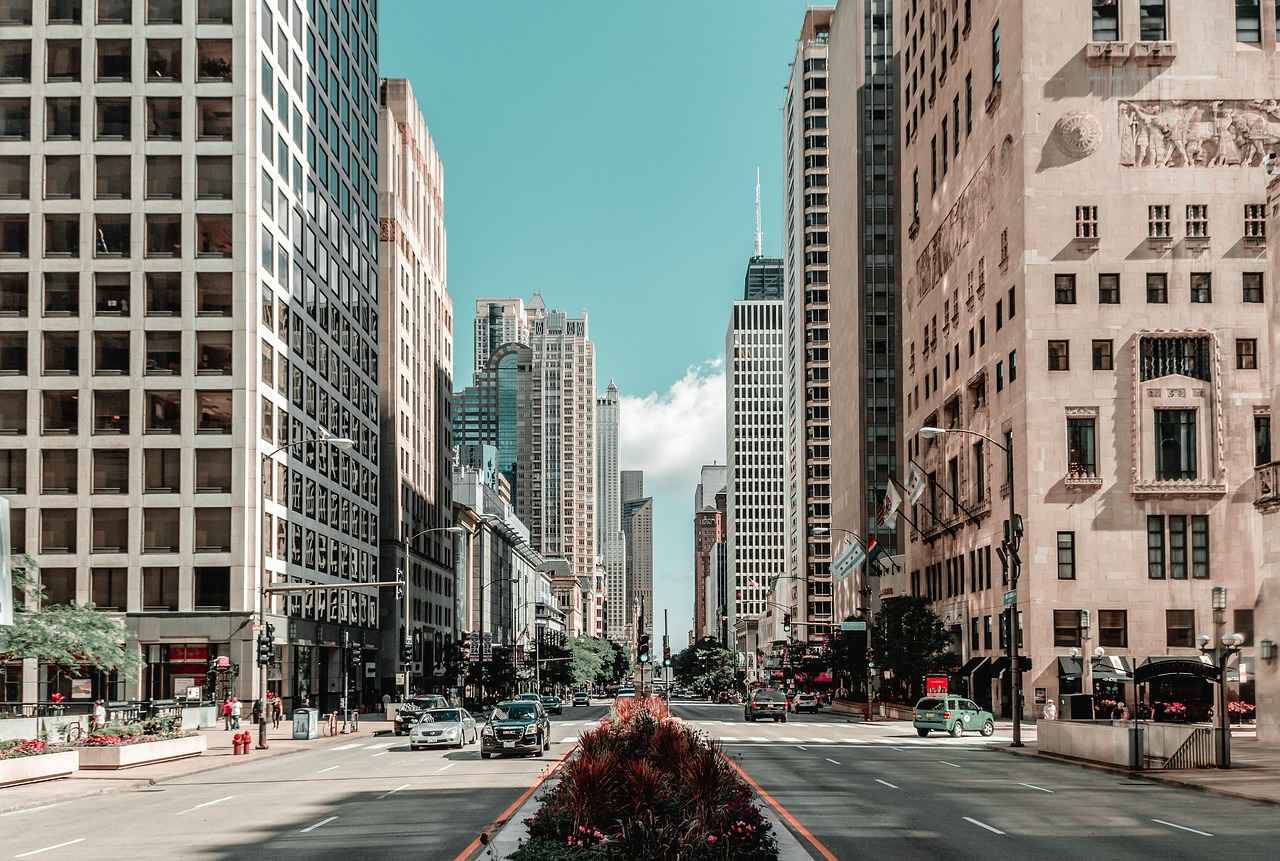
Urban Development and Infrastructure
Kolkata, a city steeped in history and culture, is currently undergoing a remarkable transformation aimed at enhancing its infrastructure and overall livability. Recent urban development projects are pivotal in this evolution, focusing on modernization, improved transportation, and elevated quality of life for its residents.
The city is embracing a range of initiatives designed to modernize its infrastructure. Key projects include the construction of new roads, bridges, and public facilities that are crucial for accommodating the growing population. These developments aim to create a more efficient urban environment that meets the needs of its residents.
Transportation is a critical aspect of urban development. Kolkata’s transportation system has witnessed significant upgrades, particularly with the expansion of the metro network. This expansion not only enhances connectivity within the city but also links suburban areas, making commuting easier and reducing travel time. The integration of modern buses and improved traffic management systems further supports this initiative.
Kolkata is also implementing smart city initiatives that leverage technology to improve urban living. These initiatives focus on sustainable practices, such as energy-efficient buildings and smart waste management systems. By utilizing technology, the city aims to streamline services and enhance the overall quality of life for its residents.
In addition to infrastructure and transportation improvements, community engagement plays a vital role in these urban development projects. By involving residents in planning and decision-making processes, the city ensures that developments meet the actual needs of the community. This approach fosters a sense of ownership and pride among residents, ultimately leading to a more vibrant and livable city.
In conclusion, Kolkata’s recent urban development projects symbolize a commitment to creating a more livable and accessible city. By modernizing infrastructure, enhancing transportation networks, and engaging the community, Kolkata is poised to transform into a global hub that honors its rich heritage while embracing the future.
Transportation Improvements
Kolkata’s Transportation Improvements
Kolkata, a city rich in history and culture, has embarked on a remarkable journey of transformation, particularly in its transportation sector. The recent enhancements in the city’s transportation system have significantly improved the quality of life for its residents and visitors alike.
Expansion of the Metro Network
The most notable development has been the expansion of the metro network. This modern transit system now stretches beyond the city limits, connecting Kolkata to its neighboring districts. The metro not only reduces travel time but also alleviates traffic congestion, making commuting more efficient and environmentally friendly.
Integration of Various Modes of Transport
In addition to the metro, Kolkata has integrated various modes of transport, including buses, trams, and ferries. This multi-modal approach enhances connectivity, allowing commuters to switch seamlessly between different forms of transport. The introduction of smart cards has further simplified the payment process, making travel more convenient.
Improved Road Infrastructure
The city has also focused on upgrading its road infrastructure. New flyovers and expressways have been constructed to facilitate smoother traffic flow. Dedicated bus lanes have been established, ensuring that public transport remains a viable option for daily commuters. These improvements contribute to reducing travel times and enhancing safety on the roads.
Sustainable Transportation Initiatives
Kolkata is also taking strides towards sustainability. The government has introduced initiatives to promote electric vehicles (EVs) and non-motorized transport, such as cycling and walking. These measures aim to reduce the city’s carbon footprint and encourage a healthier lifestyle among its residents.
Conclusion
In conclusion, Kolkata’s transportation improvements reflect the city’s commitment to modernizing its infrastructure and enhancing the overall quality of life. As the city continues to grow, these developments will play a crucial role in shaping its future as a vibrant urban center.
Smart City Initiatives
are essential for the transformation of urban environments, and Kolkata is at the forefront of this evolution. The city is embracing innovative solutions that integrate technology, sustainability, and efficient resource management to enhance urban living.
The primary goal of these initiatives is to create a more livable and efficient urban space. By leveraging cutting-edge technology, Kolkata aims to streamline city services and improve the overall quality of life for its residents. Key areas of focus include:
- Technology Integration: Kolkata is implementing smart technologies such as IoT (Internet of Things) devices to monitor traffic, manage waste, and optimize energy consumption.
- Sustainable Practices: The city is investing in renewable energy sources and promoting green spaces, which are vital for reducing the urban heat island effect and improving air quality.
- Efficient Resource Management: Smart water management systems are being deployed to conserve water and reduce wastage, ensuring that resources are used responsibly.
Moreover, the city is enhancing its public transportation system, making it more accessible and eco-friendly. The expansion of the metro network and the introduction of electric buses are pivotal in reducing traffic congestion and pollution.
Community engagement is another critical aspect of Kolkata’s smart city initiatives. Local residents are encouraged to participate in decision-making processes, ensuring that the initiatives cater to their needs and preferences. This participatory approach fosters a sense of ownership and responsibility among citizens.
In conclusion, Kolkata’s commitment to smart city initiatives reflects its vision for a sustainable and technologically advanced urban future. By focusing on technology integration, sustainability, and efficient resource management, the city is not only enhancing urban living but also setting a benchmark for other cities to follow.
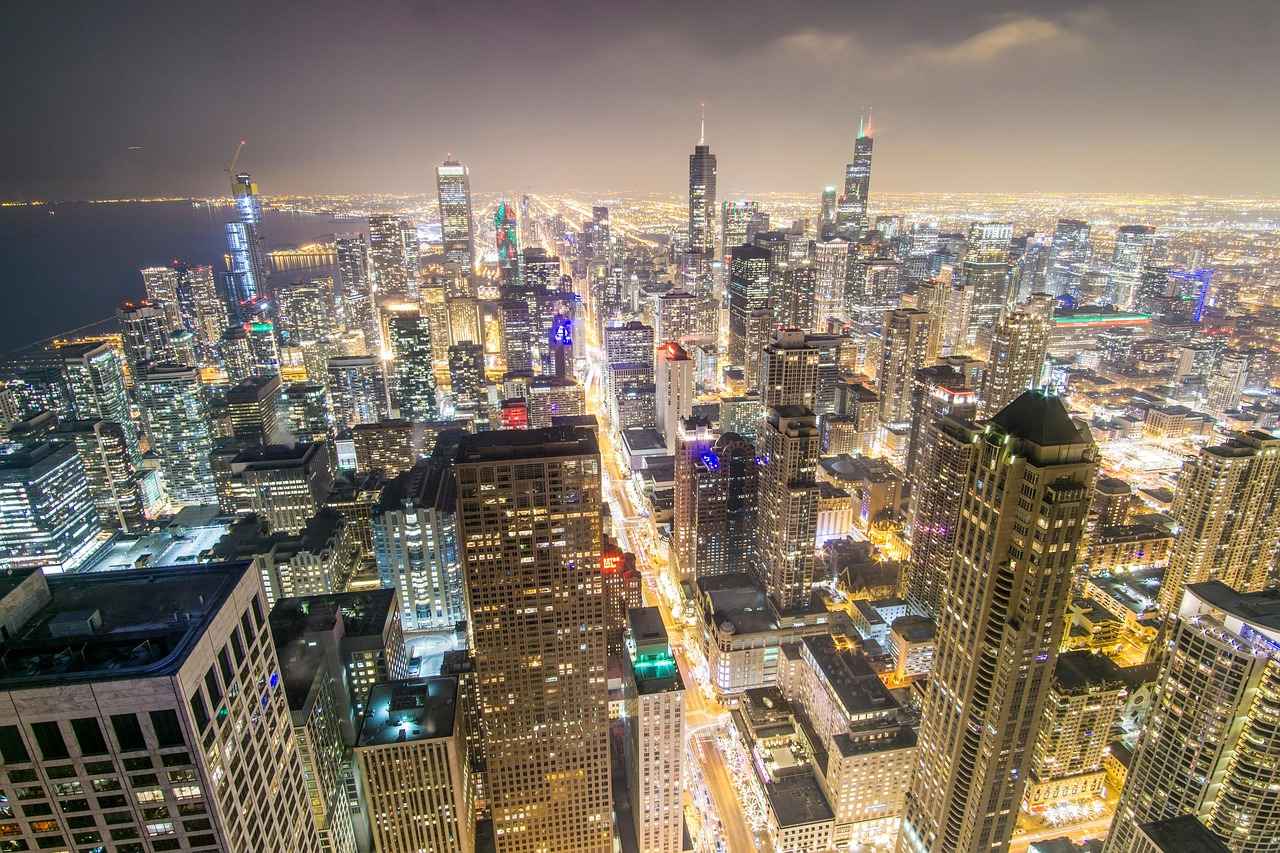
Challenges and Future Prospects
As Kolkata continues its journey towards becoming a global hub, it faces several significant challenges that must be addressed to ensure sustainable development and secure its future prosperity. These issues, if left unmitigated, could hinder the city’s growth and impact the quality of life for its residents.
- Pollution: Kolkata struggles with high levels of air and water pollution, primarily due to industrial emissions, vehicle exhaust, and inadequate waste management. To combat this, the city needs to implement stricter environmental regulations and promote green technologies.
- Traffic Congestion: The rapid urbanization has led to severe traffic congestion, making daily commutes frustrating for residents. Enhancing public transportation systems and encouraging the use of non-motorized transport can alleviate this issue.
- Urban Poverty: Despite economic growth, urban poverty remains a pressing concern, with many citizens lacking access to basic services such as healthcare, education, and housing. Comprehensive social policies and targeted development programs are essential to uplift marginalized communities.
- Infrastructure Deficits: While some areas have seen improvements, many parts of Kolkata still suffer from inadequate infrastructure, including roads, sanitation, and drainage systems. Investment in infrastructure development is crucial for the city’s long-term sustainability.
Addressing these challenges requires a collaborative approach involving government authorities, private sectors, and community organizations. By prioritizing sustainable practices and fostering inclusive growth, Kolkata can enhance its resilience and continue its transformation into a vibrant, thriving metropolis.
In conclusion, while Kolkata has made remarkable strides in its development, the path ahead is fraught with challenges that necessitate urgent attention. By tackling pollution, improving transportation, alleviating urban poverty, and investing in infrastructure, the city can secure a better future for its residents and solidify its position as a global hub.
Environmental Concerns
Kolkata, a vibrant city with a rich cultural heritage, is currently facing significant environmental challenges that threaten the health and well-being of its residents. The issues of air pollution and water contamination have escalated in recent years, prompting urgent calls for action from both the government and local communities.
One of the primary contributors to air pollution in Kolkata is the increasing number of vehicles on the roads, coupled with industrial emissions. According to recent studies, the air quality index (AQI) often reaches hazardous levels, particularly during winter months. The presence of particulate matter (PM2.5) poses serious health risks, including respiratory diseases and cardiovascular issues.
Water pollution is another pressing concern, primarily caused by the discharge of untreated industrial waste and sewage into the rivers that flow through the city. The Hooghly River, which is vital for the livelihoods of many residents, suffers from high levels of contamination, affecting both drinking water quality and aquatic life.
To combat these issues, Kolkata’s government has initiated several policies aimed at reducing pollution levels. These include:
- Strict regulations on industrial emissions
- Improvement of waste management systems to prevent sewage discharge into water bodies
- Promotion of public transportation to reduce vehicular emissions
Community engagement plays a crucial role in addressing these environmental challenges. Local organizations and citizens are increasingly participating in awareness campaigns, tree planting drives, and clean-up initiatives. Such grassroots efforts not only help to improve the environment but also foster a sense of community responsibility.
In conclusion, while Kolkata grapples with significant environmental issues, the path forward lies in effective policies and active community involvement. By working together, residents and authorities can pave the way for a healthier, more sustainable urban environment.
Social Inequalities
remain a pressing issue in Kolkata, a city that embodies the dichotomy of rich cultural heritage and stark economic disparities. Despite its rapid modernization and growth, the city continues to face significant challenges that hinder equitable access to resources and opportunities for all its residents.
The economic divide in Kolkata is evident in various aspects of daily life. Wealth is concentrated in certain areas, while many neighborhoods struggle with inadequate infrastructure and limited access to basic services. This disparity is not just a reflection of income differences but also highlights the systemic barriers that prevent marginalized communities from thriving.
To address these issues, there is an urgent need for inclusive policies that prioritize equitable growth. Such policies should focus on enhancing access to education, healthcare, and employment opportunities for underprivileged groups. For instance, initiatives aimed at improving public transportation can significantly reduce travel time and costs for low-income families, thereby opening up new avenues for employment and education.
Moreover, promoting community engagement is essential for fostering social cohesion. By involving local communities in decision-making processes, policymakers can ensure that the voices of the marginalized are heard and that their needs are adequately addressed. This can lead to more effective and sustainable solutions to social inequalities.
Furthermore, collaboration between the government, non-profit organizations, and the private sector is crucial in tackling these challenges. Joint efforts can lead to innovative programs that provide skill development, microfinance opportunities, and social welfare schemes aimed at uplifting disadvantaged populations.
In conclusion, while Kolkata has made significant strides in its economic development, it is imperative to focus on bridging the social divide. By implementing inclusive policies and fostering community participation, the city can pave the way for a more equitable future, ensuring that all its citizens have the opportunity to thrive.
Frequently Asked Questions
- What is the historical significance of Kolkata?
Kolkata, formerly known as Calcutta, has a rich history that played a pivotal role in India’s colonial past and independence movement. Its cultural and social landscape has been shaped by various historical events, making it a vital part of India’s heritage.
- What are the key industries driving Kolkata’s economic growth?
Kolkata’s economy is powered by diverse industries such as IT, manufacturing, textiles, jute, and pharmaceuticals. These sectors not only contribute to the city’s economic landscape but also create numerous job opportunities for its residents.
- How is Kolkata’s transportation system improving?
The transportation system in Kolkata has undergone significant upgrades, including the expansion of the metro network. This improvement enhances connectivity within the city and to surrounding areas, making commuting easier for everyone.
- What cultural festivals are celebrated in Kolkata?
Kolkata is famous for its vibrant festivals, particularly Durga Puja, which attracts millions of visitors. These celebrations showcase the city’s rich cultural diversity and community spirit, reflecting the traditions of its people.
- What challenges does Kolkata face in its urban development?
Despite its growth, Kolkata faces challenges like pollution, traffic congestion, and social inequalities. Addressing these issues is crucial for sustainable development and improving the quality of life for its residents.
